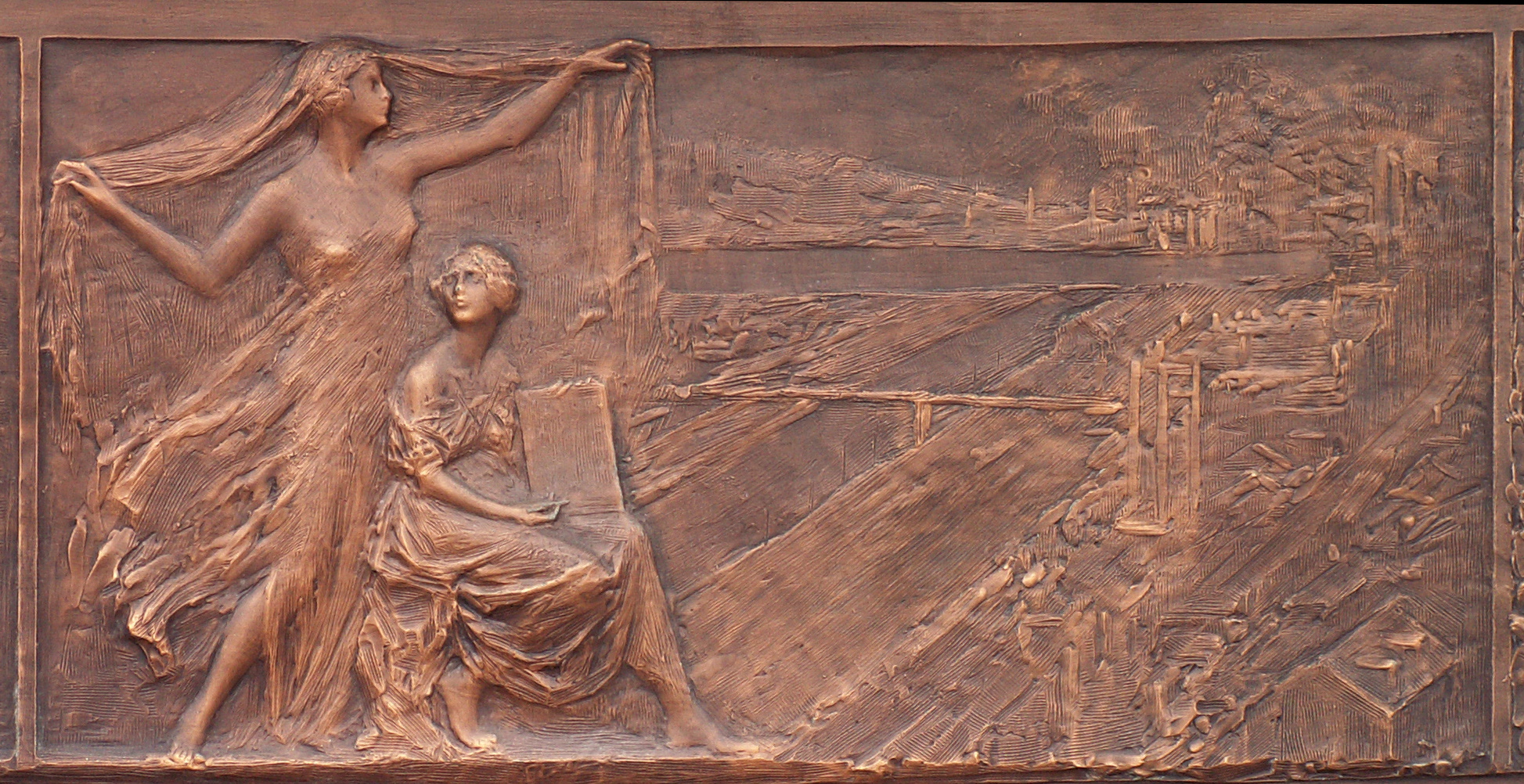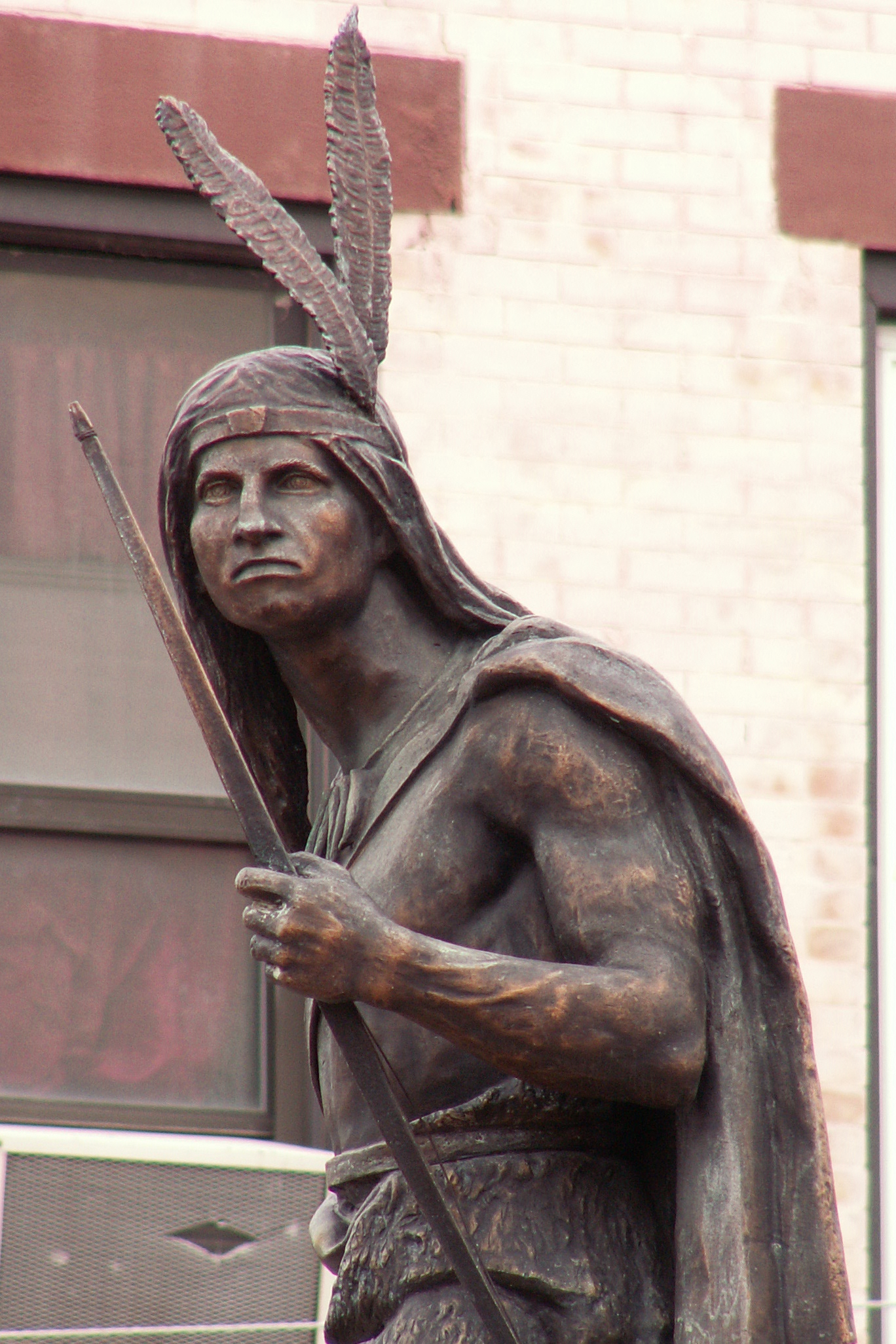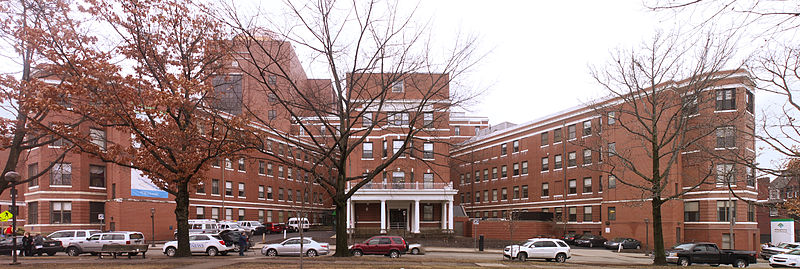
This fine apartment block stands at the corner of Aiken and Centre Avenues, right on the edge of Shadyside. This afternoon the sun illuminated the whole Aiken Avenue front, so Father Pitt enlisted the aid of modern technology to get a picture of the entire façade from multiple photographs. There are some noticeable stitching errors, but this is probably the best impression you will find of the Aiken Avenue front of this building—at least until old Pa Pitt gets a better picture.
The original picture is about 55 megapixels and more than 22 megabytes of data, so don’t click on the picture if you’re on a metered connection.





























